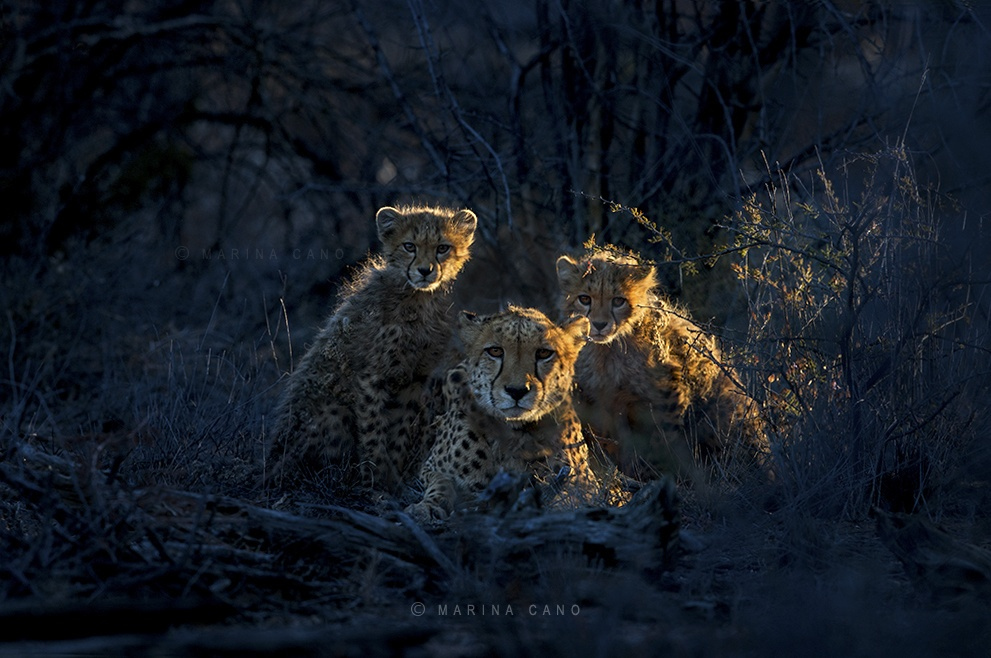Every year, the website Your Perfect Wedding Photographer runs an industry survey to gather data directly from photographers. According to their most recent survey, wedding photographers spend about ten hours capturing pictures on the day of the event, two hours culling those photos, and a whopping fourteen hours on editing.
Business and administrative duties eat up two hours, as does designing albums. Plus, one hour per wedding is spent on communication. That means that, in total, pro photographers only spend about a third of their working hours taking pictures, with a massive chunk of their jobs taking place behind the scenes.
If you’re spending too much time on certain aspects of your workflow, whether it’s communicating with clients or editing your photos, it’s time to reevaluate and reorganize your workday. A productive workflow means you have more time to focus on making photos, reaching new clients, and delivering the best experience possible to the clients you already have.
Here are some easy tips for streamlining your business every step of the way, from handling inquiries to batch editing photos.
Invest in client management software
Client management software, such as Honeybook or 17hats, can help streamline your entire process, from booking to sending contracts to invoicing. You can use it to identify your top lead sources (Instagram, website, etc.), send pre-shoot surveys, schedule meetings, and automate emails. Create and save templates for all different types of client emails, from initial inquiries to testimonials after the final delivery. You can customize them as needed.
Automate where you can
Set aside a few hours a week to schedule your social media marketing in advance. That way, you have everything ready to go before the workweek kicks into high gear. You can use an app like Planoly to schedule your Instagram grid, or you can use IFTTT to set up automation across your channels (for example, if you post on Instagram, the same content will automatically post on Twitter).
Have a backup plan
In general, you want to have at least three places to store your photos: your main hard drive, an external hard drive, and another drive off-site (or perhaps cloud storage). Backing up your files right away will put your mind at ease and help you to avoid disaster.
Take advantage of folders (and sub-folders)
Organizational skills are the key to a good photography workflow, so break your archive into folders that make sense for you. For example, many photographers have a dedicated folder for current jobs for easy access. Then, once a job is done, it gets archived according to the date of the shoot and the project name.
Of course, you can also set up folders based on location, shoot type, client, subject, and so on. Within those main folders, you can divide your files up by size (print versus web), RAW versus jpegs, selects versus outtakes, etc. It doesn’t have to be complicated, as long as it’s intuitive.
Bonus tip: Lightroom Collections are also ideal for sorting and organizing photos as you work.
Keyword right away
Keywording takes more time upfront, but it’ll save you headaches in the long term. Lightroom allows you to automatically apply metadata (keywords, copyright info, date, and so on) when you import your photos. You can then go in and make adjustments if necessary. Tag your photos by location, subject (with model releases, where appropriate), client, date/season, and so on.
Bonus tip: Lightroom also has “filename templates” that you can use to automatically rename your files (e.g., according to date, location, shoot name, etc.).
Cull ruthlessly
With the convenience of the digital age, photographers must contend with a new problem: too many images. One of the first steps toward building an efficient workflow is culling every shoot; try a tool like Narrative Select or FilterPixel to make quick initial decisions and filter out similar images before heading into Lightroom (or whatever software you use for editing). Once in Lightroom, you can apply star ratings to separate the great images from the good ones and the good ones from the bad.
Save your presets
Every photographer has edits they apply to almost all of their pictures, whether they’re known for a “bright and airy” vibe or something moodier. In Lightroom, save your go-to settings as presets for easy editing. You can create different presets for different styles. When the time comes to edit a new shoot, apply your preset of choice, and make individual tweaks as you go.
Bonus tip: Batch editing is another option. Simply edit the first photo in the shoot, and then apply those settings to the rest of the images. You might have to adjust here and there, but it’ll offer a starting point.
Outsource as needed
If there’s a step in your workflow that consumes way too much of your time, consider outsourcing it to another professional. You can hire someone to retouch and edit your photos, manage your social media marketing, improve your website’s SEO, or even keyword your photos. Make sure to research the person you hire and make sure their goals align with yours. From there, keep the lines of communication open and offer feedback to help you both deliver your best work.
Parting thoughts
Ultimately, every photographer’s workflow will be slightly different from the last person’s, so it’s important to find a system that feels intuitive to you. Experiment with a few software options/tools (opt for a free trial) to see if it’s worth the investment, and then go from there. The key here is consistency and repetition: the best workflow is one you can follow so easily it becomes second nature.
One simple trick is to give yourself a time limit for tasks you feel are unnecessarily time-consuming. If, for example, you find yourself spending hours on editing, it might help to set aside a fixed amount of time—say, a few hours on Monday afternoons—for that specific job. Eliminate any distractions and stay focused for that period; once that time is up, move on to something else.
Not on 500px yet? Click here to sign up.















Leave a reply